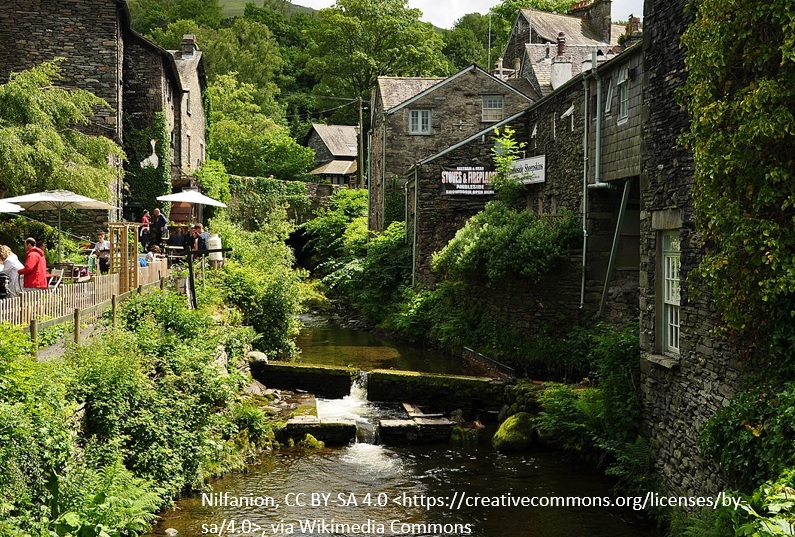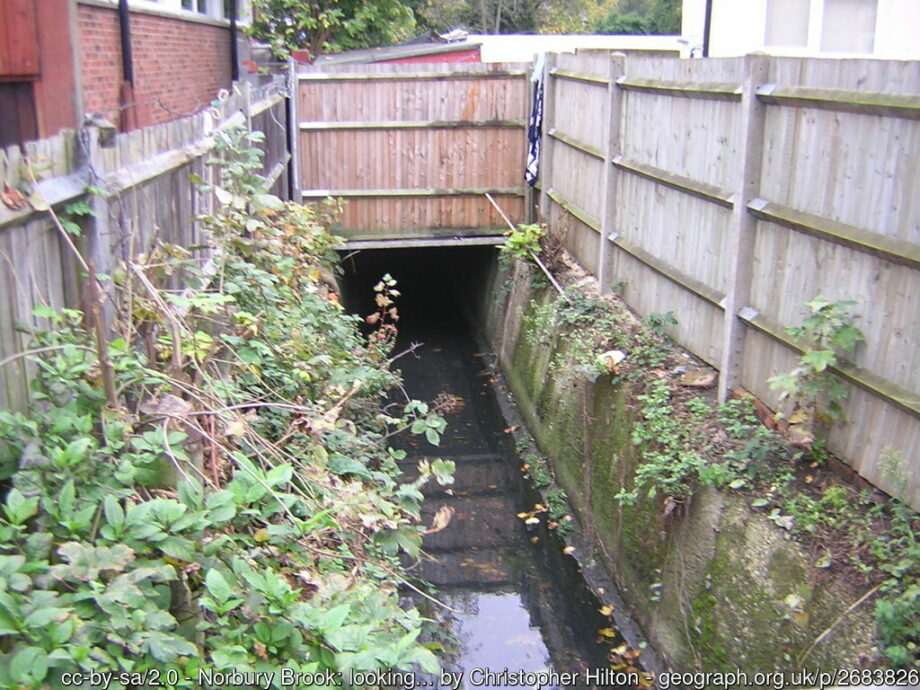This blog has been written by The Flood Hub People.
Perhaps it wasn’t your intention to live so close to a watercourse, and depending on the type, you may not even be aware that one runs under, across or forms part of your property boundary.
Owning property near a watercourse can be a beautiful experience, but it also comes with important responsibilities. Many homeowners may not even realise that a river, stream, culvert, or ditch runs under, across, or along their property boundary. Understanding your rights and duties as a riparian owner is key to protecting your property, helping manage flood risk and complying with the law.

Image: Nilfanion/ CC BY-SA 4.0
A watercourse is any channel through which water flows, natural or artificial, and includes:
Artificial watercourses are usually owned by third parties. If you are buying property near a watercourse, it’s wise to ask your conveyancing solicitor to check ownership and liability.
If you already own a property, check your deeds to see whether a watercourse runs through or alongside your land. Deeds define property ownership and boundaries, which is essential for understanding your responsibilities.
Note: Watercourse positions can change naturally over time. Riparian boundaries move with them under the doctrine of accretion and diluvion.

Norbury Brook: looking upstream at Quadrant Road cc-by-sa/2.0 – © Christopher Hilton – geograph.org.uk/p/2683826
As a riparian owner, your duties include:
Your rights as a riparian owner include:
If riparian owners do not maintain their responsibilities, RMAs can enter private land to carry out emergency works and may recover costs or prosecute.
Report issues to:
To report instances of flooding, issues causing an increase to flood risk, problems with a flood risk asset, potential water pollution or environmental crime incidents, you should contact the Environment Agency.
Some flood risk assets (like trash screens or culverts) may list the owner or maintenance contact. Management companies may also maintain these assets on behalf of owners.
As a riparian owner, you do not have unrestricted authority to carry out work in or near a watercourse and should seek advice about permissions and licences from the Environment Agency.
Riparian owners should note that ordinary watercourses include roadside ditches; you may therefore be responsible for their maintenance where they border your property. This applies to the entire width of the channel, not just to the centre point. If flooding on the highway occurs due to an obstruction in the ditch, or if drainage from the road into the ditch is impeded, the Highway Authority may exercise legal powers requiring riparian owners to clear it.
For work on or near all other watercourses, you must apply for Ordinary Watercourse Consent, which can be obtained by contacting either: